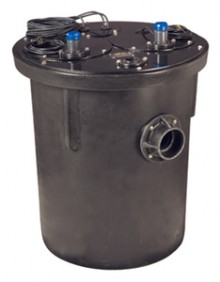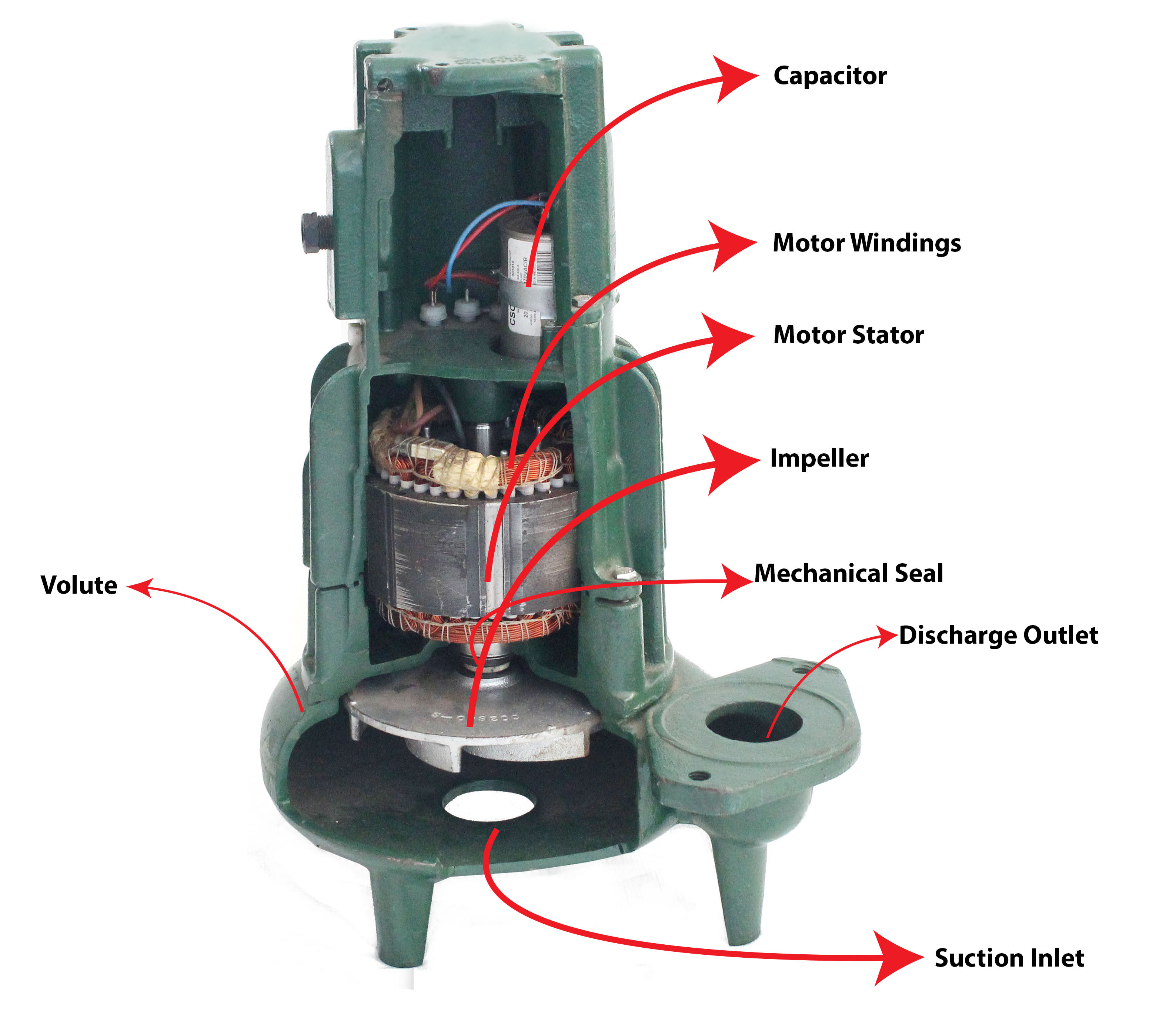-
How to Size a Sewage Basin
September 16, 2016The sewage basin collects and contains wastewater before it is removed from a building's system by way of a submersible sewage pump. It is a critical part of any wastewater (sewage, effluent, sump) system. Commonly constructed with fiberglass or high grade plastic, basins are heavy duty containers. They come in a variety of system types (simplex or duplex), sizes and applications. Some basins operate with multiple types of pumps while others are designed expressly to be paired with a specific pump. Basins sit below grade while the pump itself sits at the bottom of the basin. How it functions is simple: wastewater enters the basin through an inlet pipe or port. The wastewater accumulates in the basin until it reaches a certain level, at which point your sewage pump will activate (by way of a float switch or preset control) and pump the wastewater through a discharge pipe out of the building to a municipal sewer or septic tank. A correctly sized basin is important to ensuring that the wastewater system and the pump itself runs smoothly and efficiently. For instance, a basin that is too small could fill up rapidly and contribute to improper pump cycling. If the pump turns on and off repeatedly, it will quickly burn out. Longer downtime between pump cycles keeps the pump cooler and results in longer life. In this blog we will walk you through the process of sizing a basin to fit your needs and application by working through a specific example. (more…)
-
How to Identify the Parts of a Sewage Pump
July 19, 2016Most people never consider the components of a pump until one breaks. If you are not getting water or your basement is flooded, you might know that something is wrong with the pump - but you have no idea what you're looking at. In this blog, we will break down the parts of a submersible sewage pump to give you a better understanding of how a pump is constructed how the parts fit together to move fluid. Why should you be able to identify pump repair parts As with any other piece of mechanical equipment, familiarity with the components can help you understand proper functioning, assist you in diagnosing potential problems and enable you to repair the pump yourself, should you be so inclined. Plus, a little extra knowledge never hurt anybody. Pump Components A pump is composed of two main parts: the volute and the motor. A volute is the curved casing that receives the fluid. The fluid’s rate of flow decreases while the flow pressure increases. (more…)







